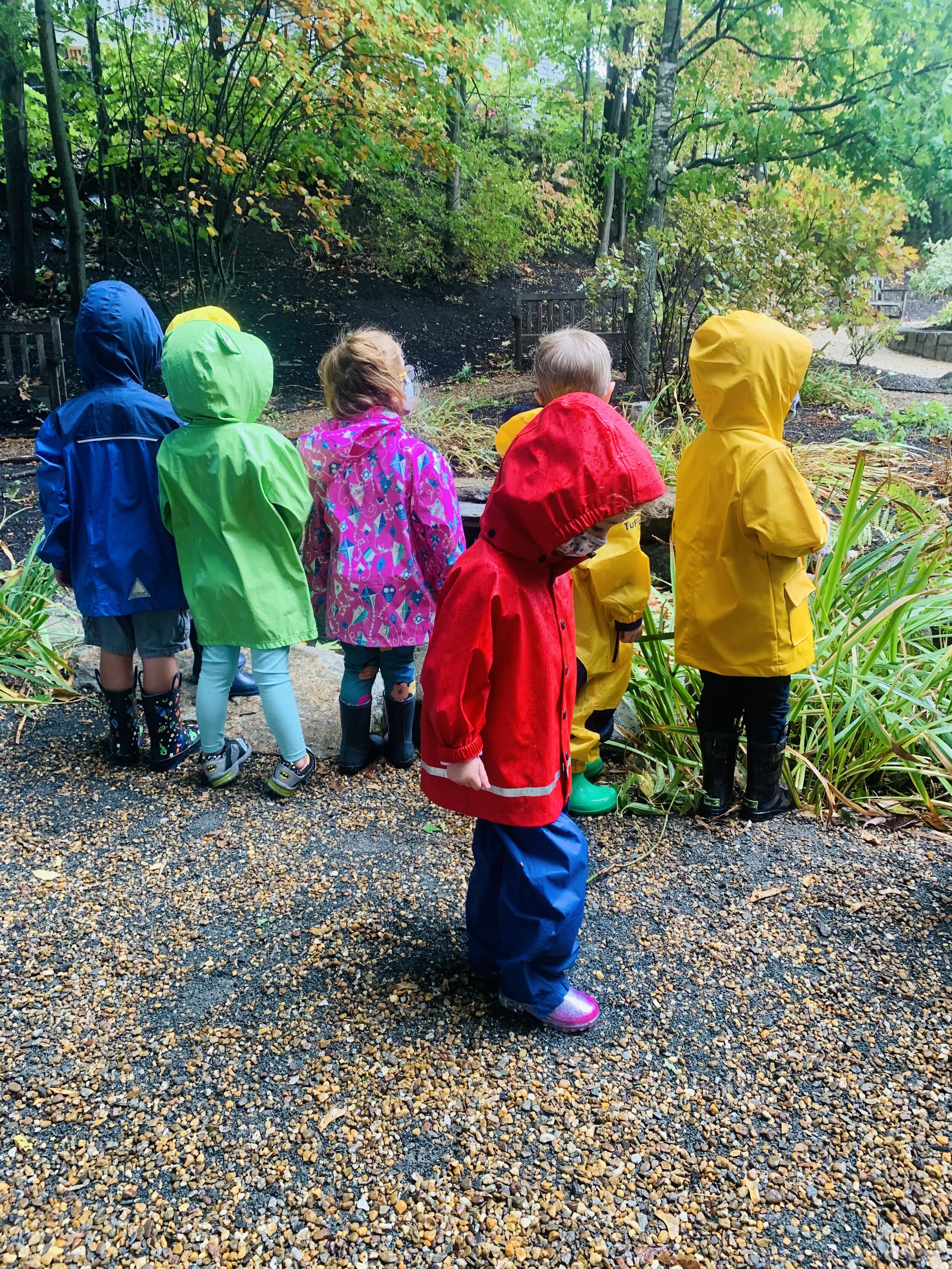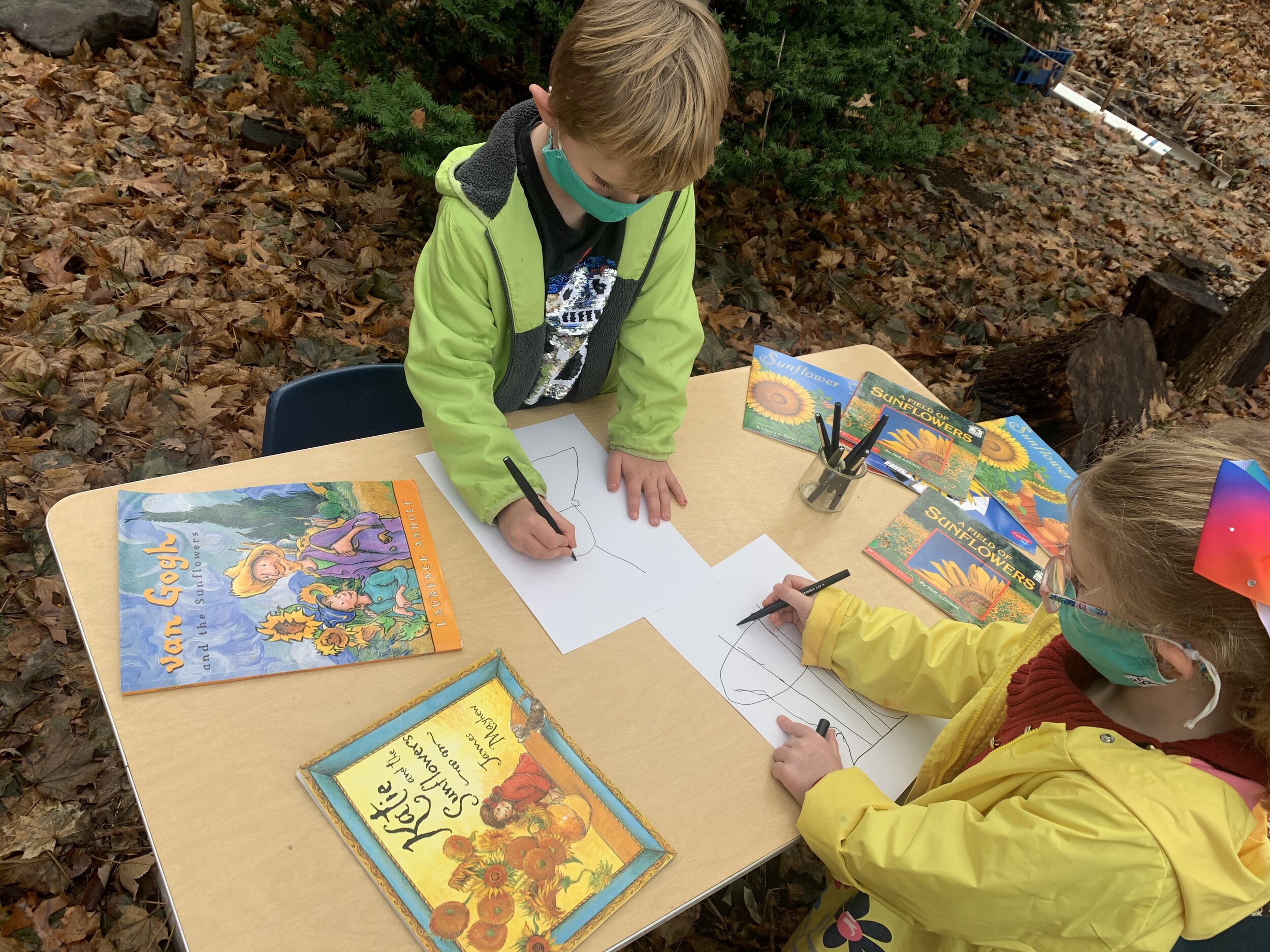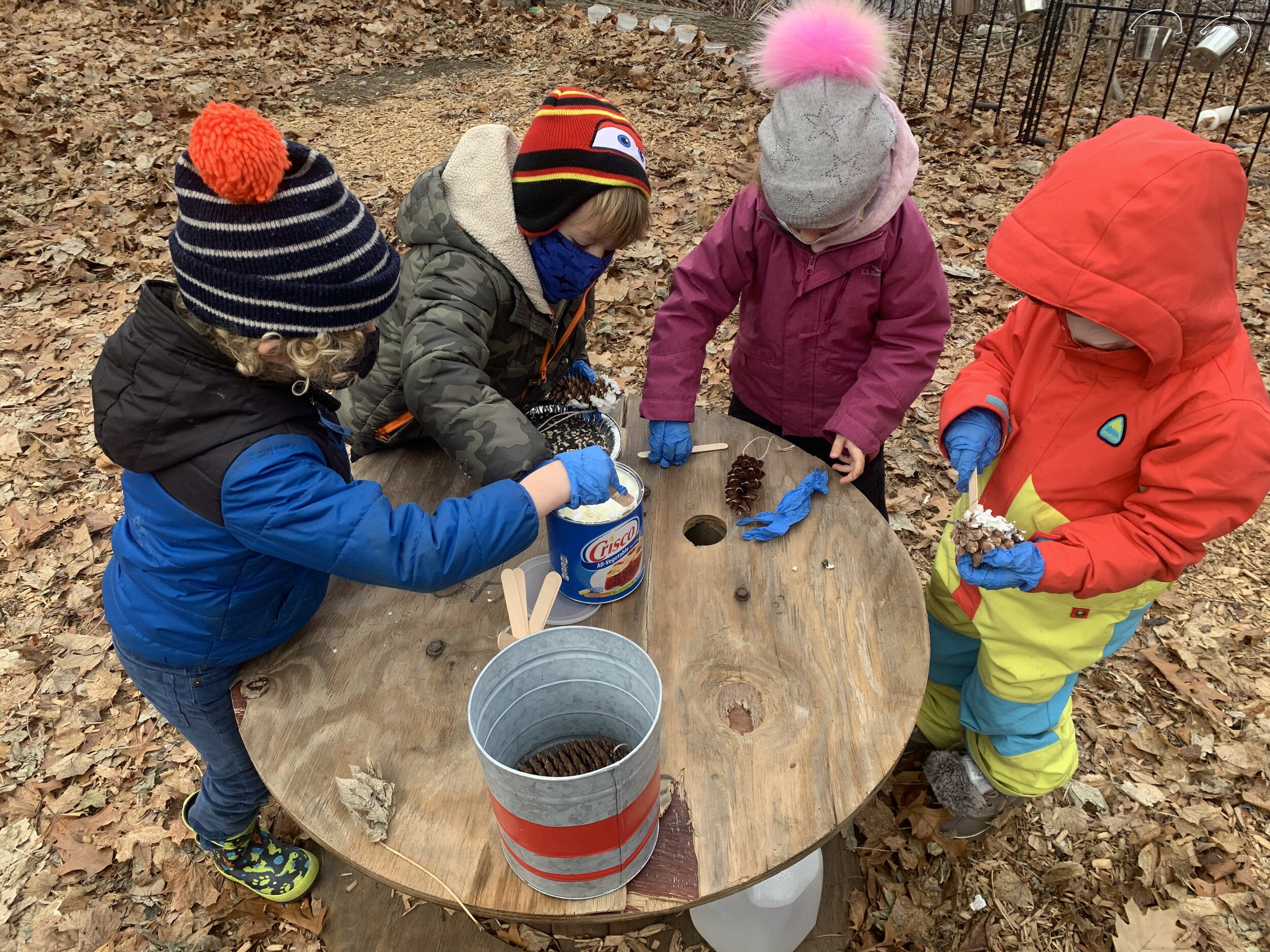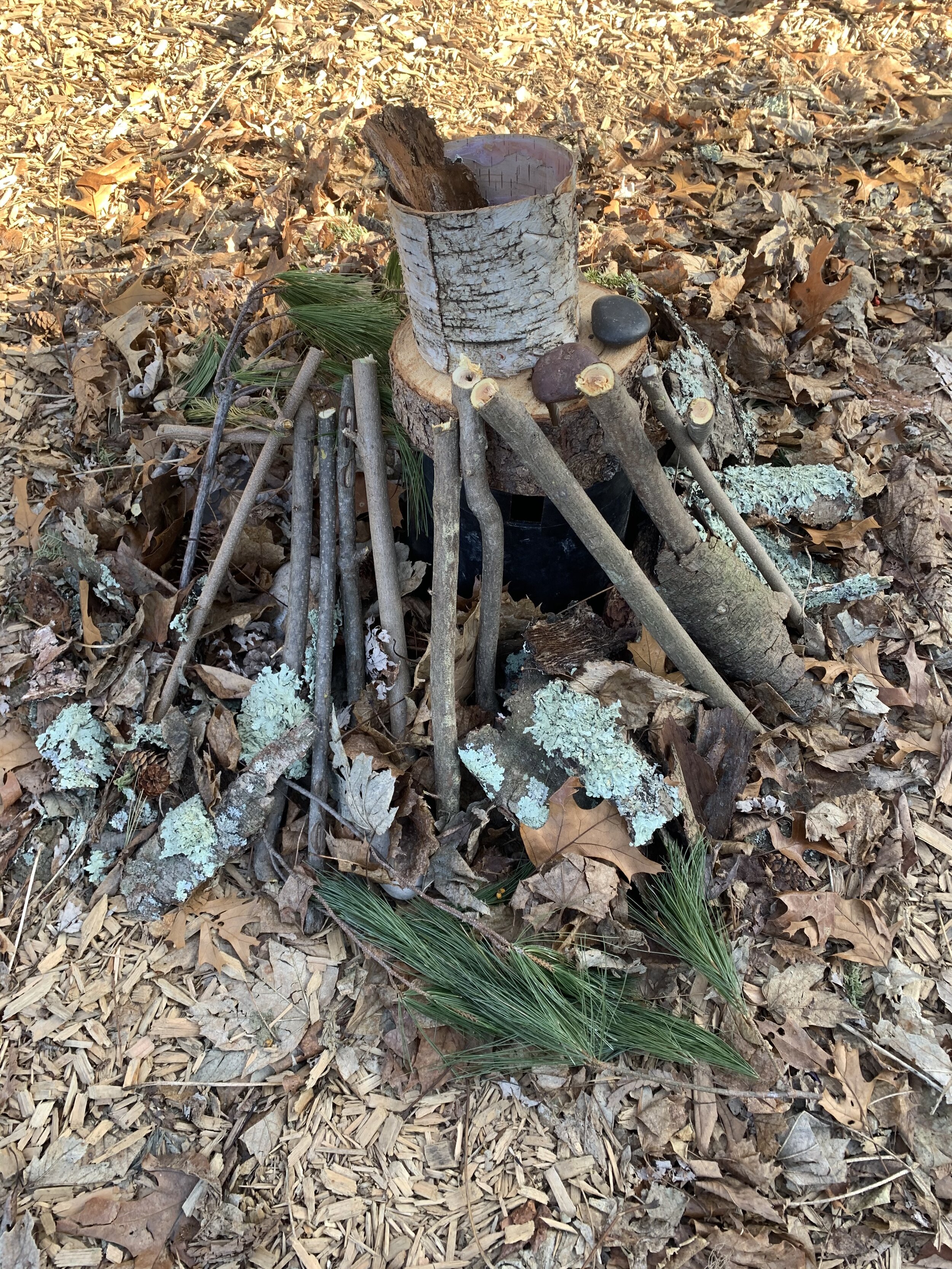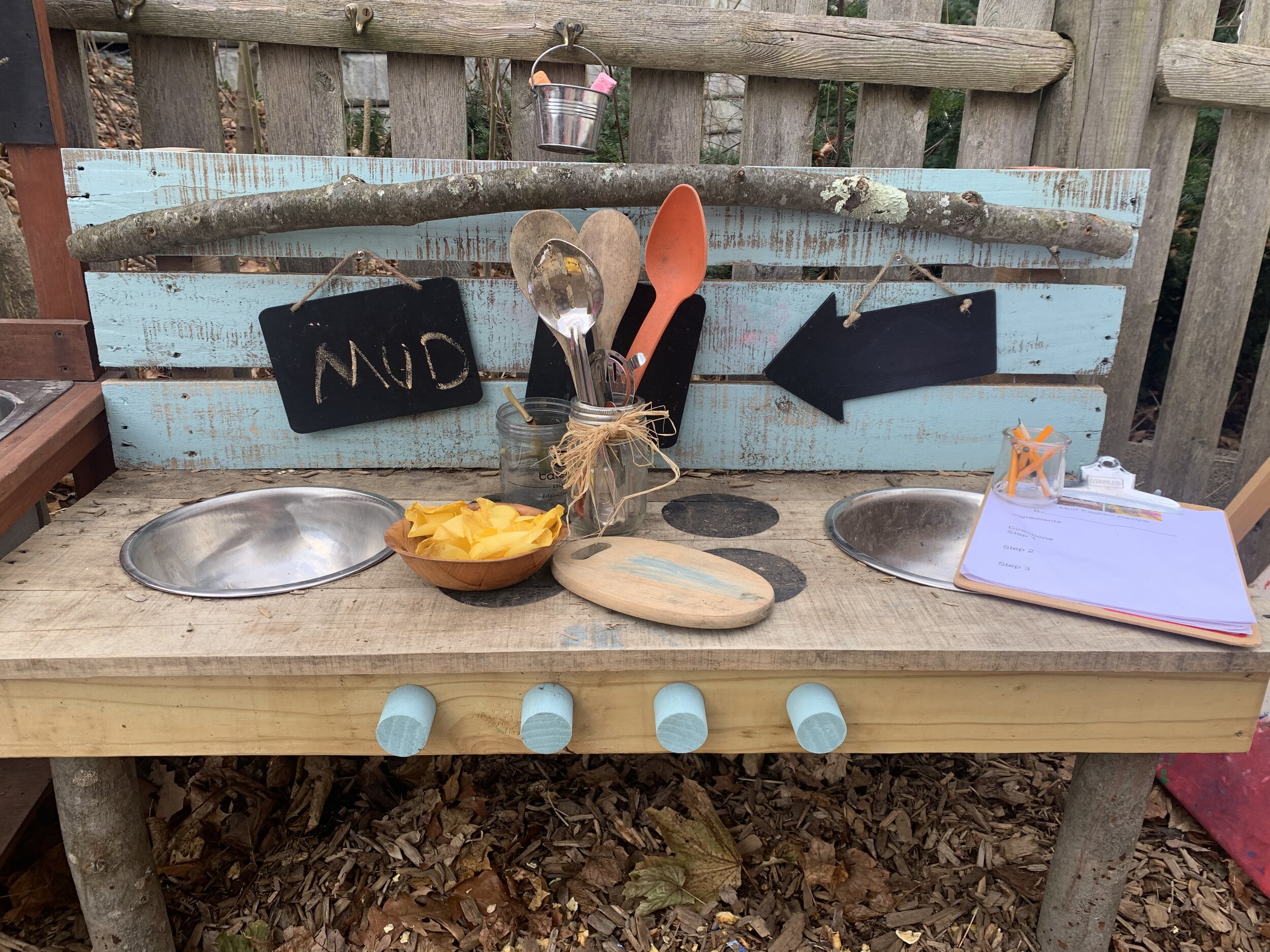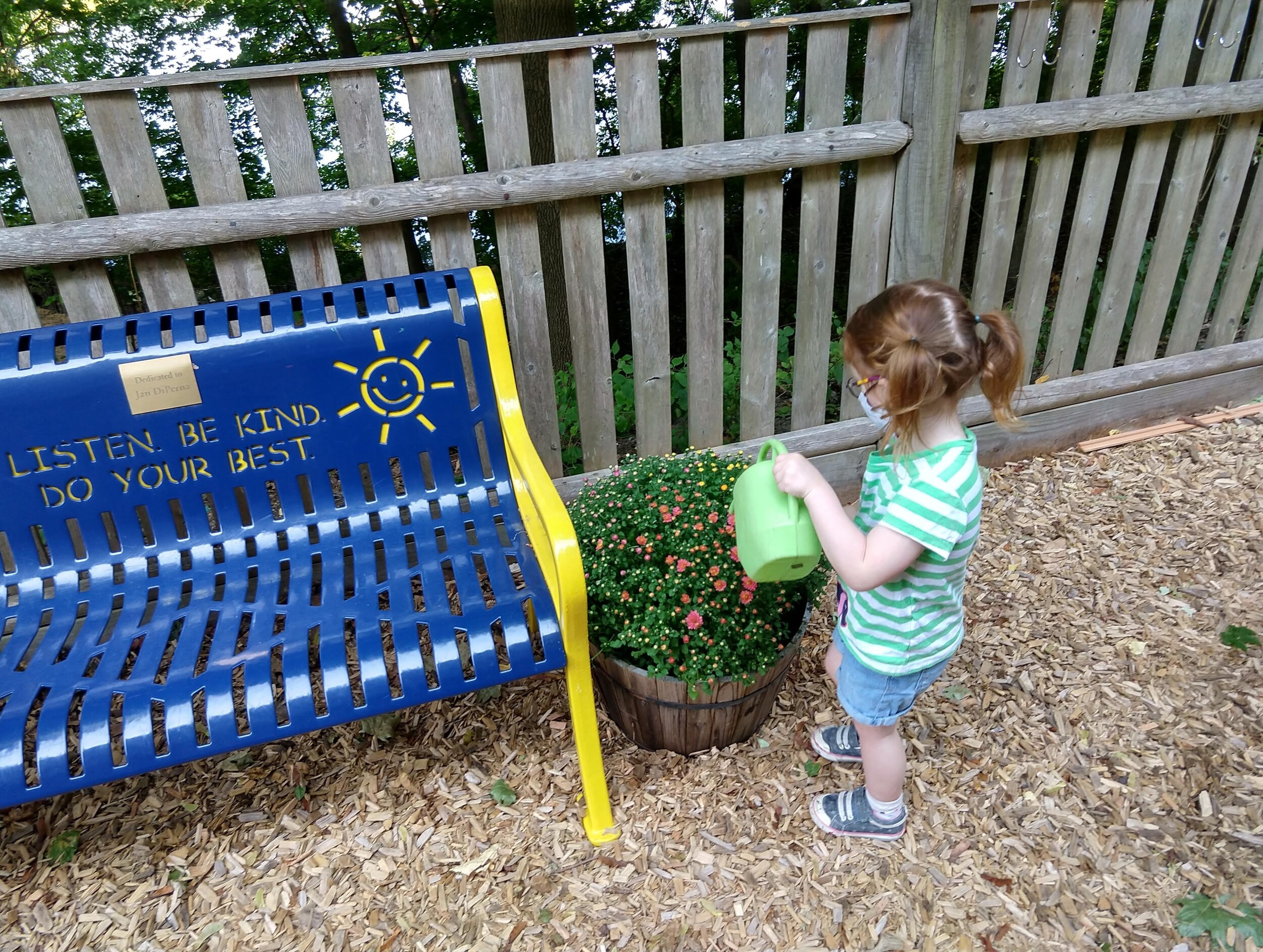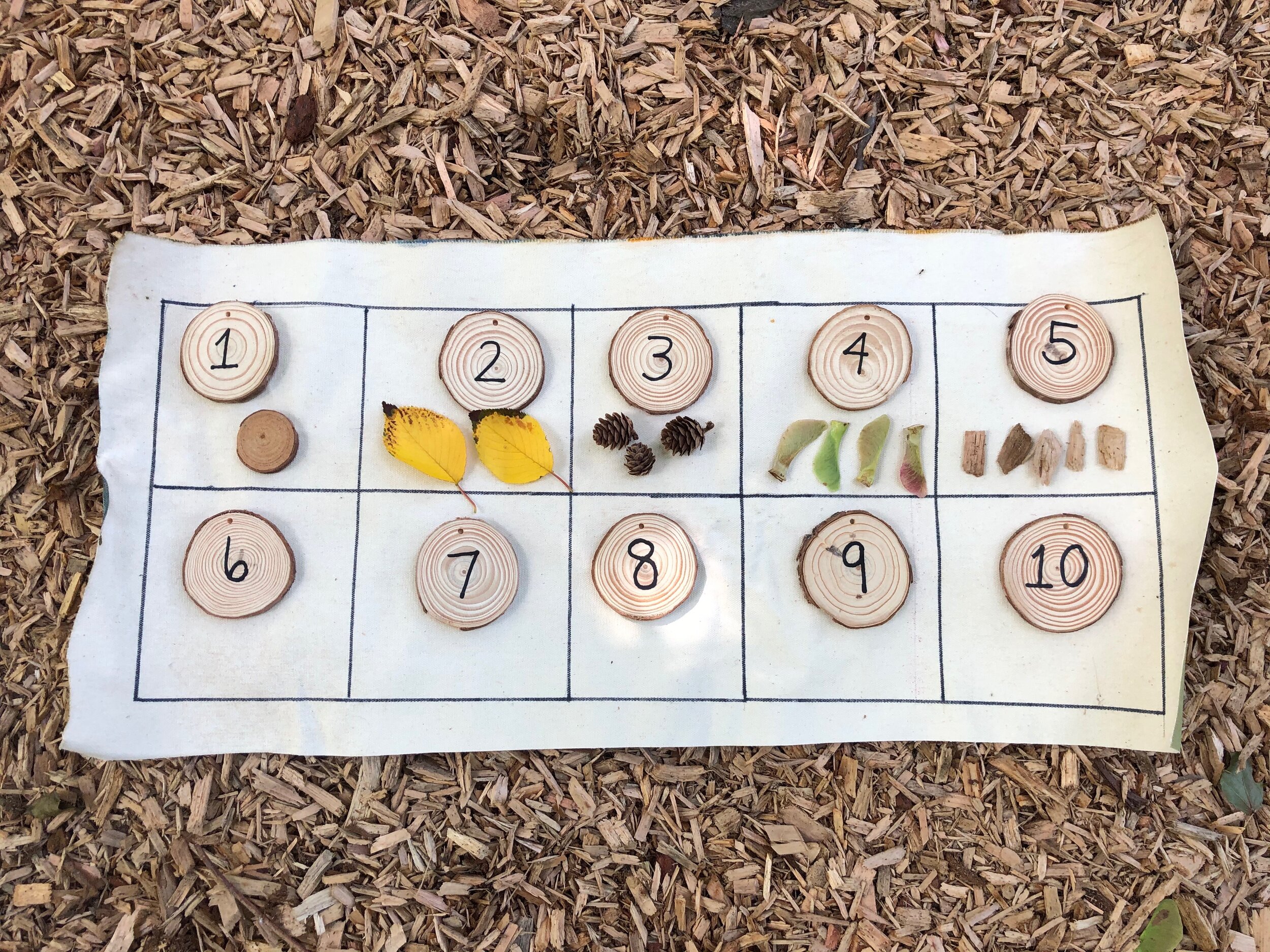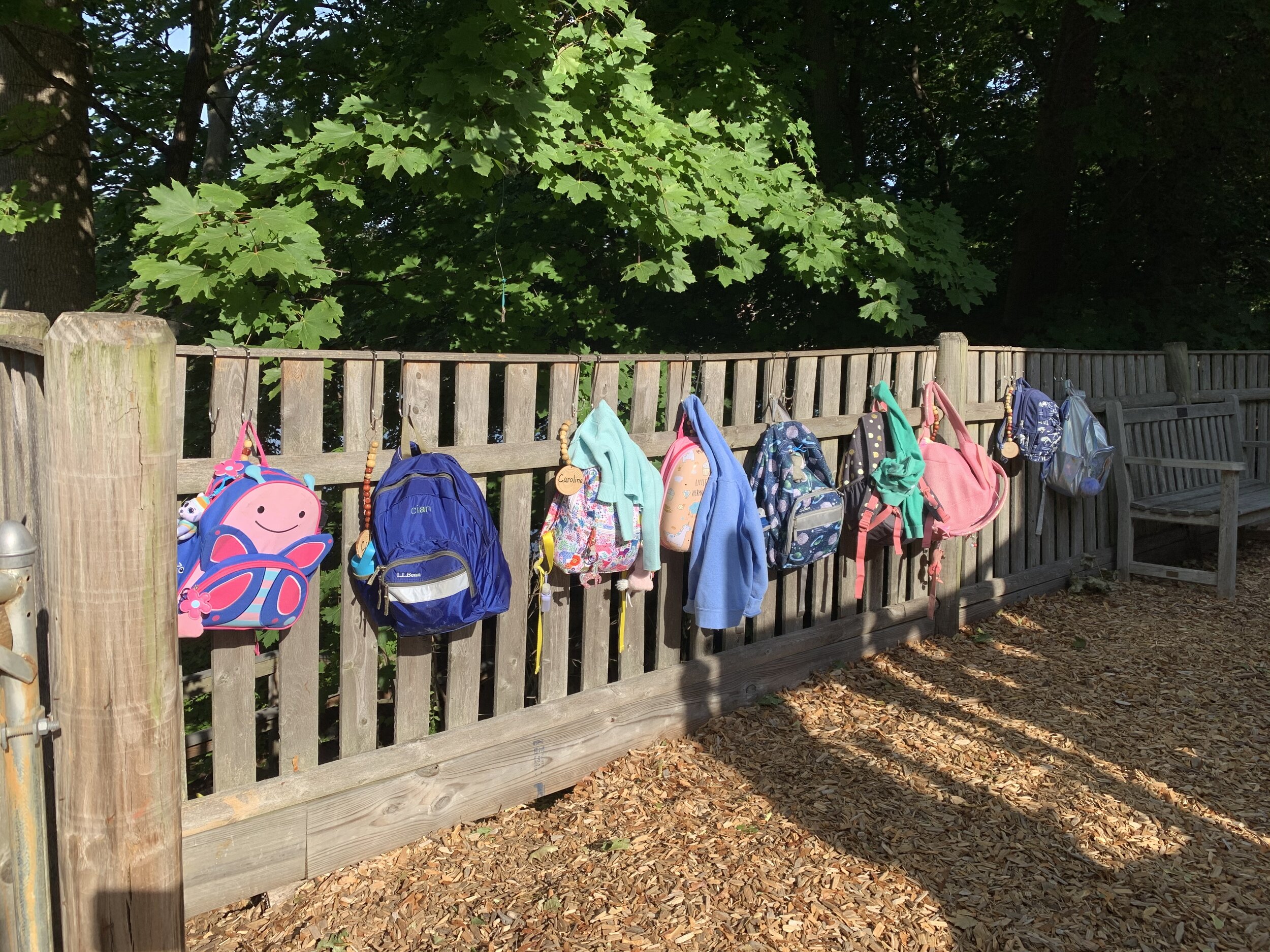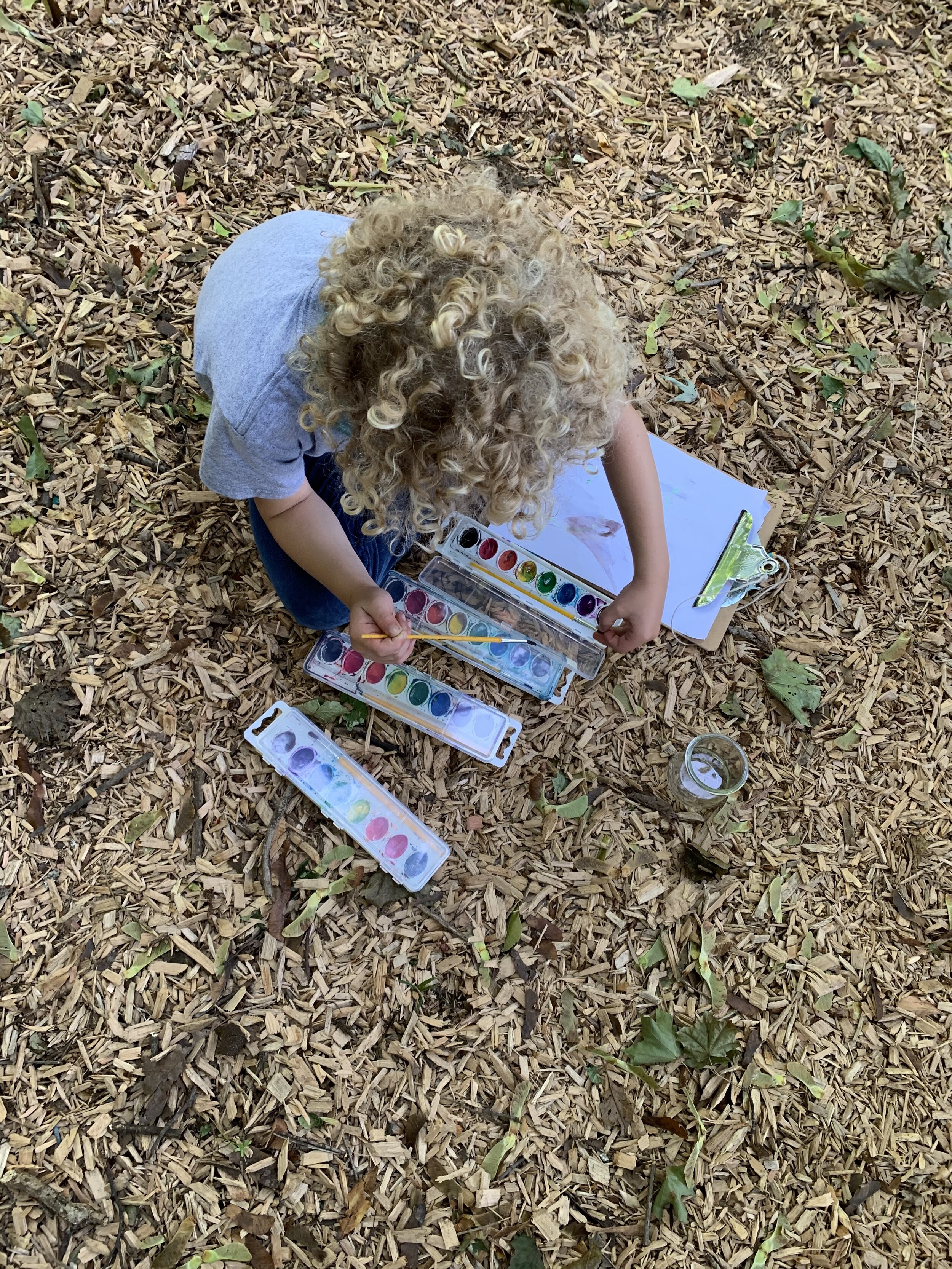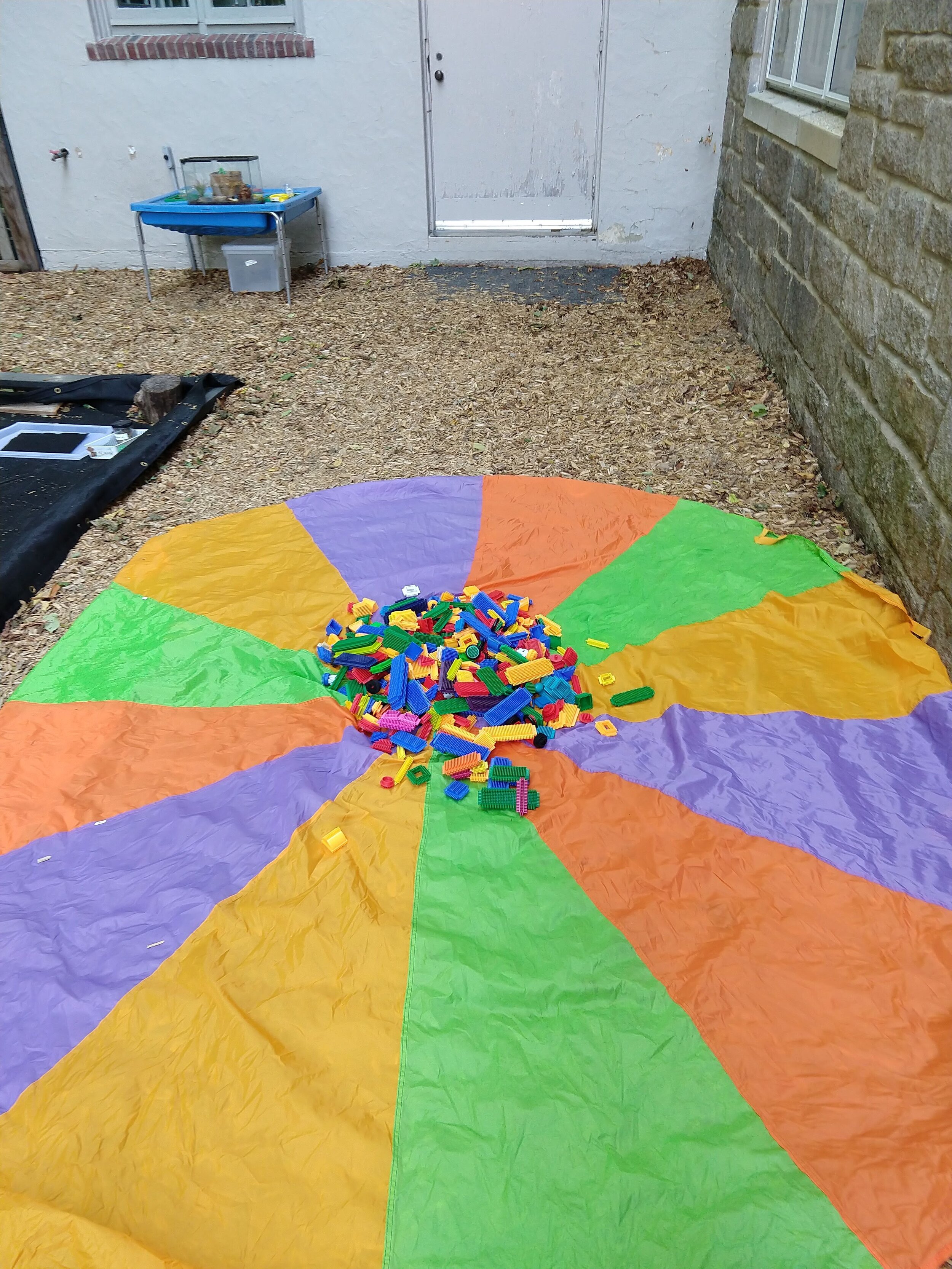outdoor classrooms
We are happy to report that we continue to make use of our newly defined outdoor classroom spaces. The Neighborhood children and educators alike enjoyed spending their days in our beautiful outdoor spaces. They were happy, content, and thriving as they explored all that our outdoor classrooms had to offer.
Our educators have worked hard to plan for outdoor explorations and inquiries. We have moved many of our materials outdoors, including furniture and gross motor equipment. Last year, we quickly learned that whatever could be done indoors, could be done outdoors!
We saw firsthand all of the benefits of learning in outdoor spaces.
Children are content in nature and are naturally curious about their surroundings
Exploring the outdoors provides rich and authentic experiences for amazement and discovery
Outdoor exploration and working with natural materials encourages meaningful social interaction amongst peers
There is plenty of opportunity for gross motor movement, running, jumping, balancing, and climbing
Outdoor learning supports behavioral, emotional, and cognitive development
There are countless opportunities to implement Reggio-Inspired practices as we look to the whole child for curriculum inspiration, and follow the interests of the group as they emerge
Clothing guidelines for outdoors
*Remember children will get messy at school, please dress them in comfortable clothing that you don’t mind getting dirty.
*Label outer layers and boots with your child’s name.
*Send a change of clothes in their backpacks each day.
Check out Patagonia’s Worn Wear site for second hand Patagonia gear!
https://wornwear.patagonia.com/shop/kids-and-baby
Guidelines on what to bring and wear in the FALL
When temperatures range between 50-70 degrees, children should be prepared as follows:
Clothing that is appropriate for the forecast (shorts are fine, as are short sleeve shirts if the weather is warm enough). We all know that there can be temperature fluctuations in the fall, even in a single day, so it is a good idea to dress in layers.
Send a sweater, a sweatshirt, or a fleece in case it gets chilly.
Closed-toed shoes with good traction for running, jumping, and climbing.
Hats and mittens will help to keep children warm in the shade, and if it is windy.
Guidelines on what to bring and wear in the WINTER
When temperatures are below 50 degrees, children should dress in layers.
Base Layer next to the skin
Wool socks; cotton gets cold in the cooler temperatures
long underwear on the colder days
Middle Layer
Warm clothing (pants, a long sleve shirt or fleece)
Outer Layer
Waterproof winter coat
A warm fleece or wool hat that covers the ears
Warm waterproof mittens
Waterproof boots
A fleece neck gaiter (scarves are not allowed by the EEC)
Guidelines on what to bring and wear in the spring
The spring in New England can be wet and muddy!
If there is rain in the forecast, please send your child dressed in a raincoat, rain pants, and rain boots
Remember to send an extra pair of clothing in case they need to change out of wet clothing















